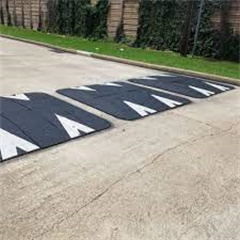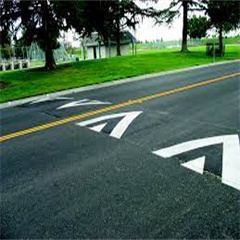Designing an effective signboard is crucial for clear and impactful communication. Whether it’s for advertising, wayfinding, or providing information, here are some signboard design tips to help you create a visually appealing and communicative sign:
- Clarity and Simplicity:
- Use clear and concise language.
- Limit the amount of text to essential information.
- Prioritize readability by choosing a legible font and appropriate font size.
- Avoid clutter and excessive decoration that can distract from the message.
- Hierarchy of Information:
- Arrange information in a logical order, with the most important details prominently displayed.
- Use font size, color, and layout to create a clear hierarchy of information.
- Group related information together for easy comprehension.
- Color and Contrast:
- Choose a color palette that aligns with your brand or the message’s tone.
- Ensure sufficient contrast between text and background for readability, especially in outdoor settings.
- Limit the number of colors to maintain a clean and focused design.
- Typography:
- Select fonts that match the sign’s purpose and convey the right tone (e.g., formal, casual, playful).
- Avoid using too many font styles; two or three fonts are generally sufficient.
- Use bold or italic styles to emphasize important information.
- Images and Icons:
- Incorporate relevant images, icons, or symbols that complement the message.
- Use high-quality visuals that are easy to recognize and understand from a distance.
- White Space:
- Allow sufficient white space around text and images to prevent visual clutter.
- White space enhances readability and helps the viewer focus on the essential information.
- Size and Location:
- Determine the appropriate size of the sign based on viewing distance and context.
- Place the sign at eye level for easy visibility and readability.
- Consider the surrounding environment and ensure the sign stands out.
- Consistency with Branding:
- Maintain consistency with your brand’s visual identity, including colors, fonts, and logo placement.
- Ensure the sign aligns with your brand’s personality and message.
- Testing and Feedback:
- Get feedback from others to ensure the sign’s clarity and effectiveness.
- Test the sign’s readability from various distances and angles to verify its impact.
- Appropriate Materials:
- Choose durable and weather-resistant materials for outdoor signs.
- Ensure the materials reflect the intended tone and purpose of the sign.
- Legibility at Night:
- If applicable, use reflective materials or lighting to make the sign visible at night.
- Maintain readability by ensuring the contrast between text and background remains strong in low-light conditions.
- Cultural Sensitivity:
- Consider cultural and linguistic factors when designing signs for diverse audiences.
- Avoid using symbols or colors that might carry unintended meanings in certain cultures.
Remember that the key to effective signboard design is to prioritize clarity and simplicity while aligning with the intended message and audience.







